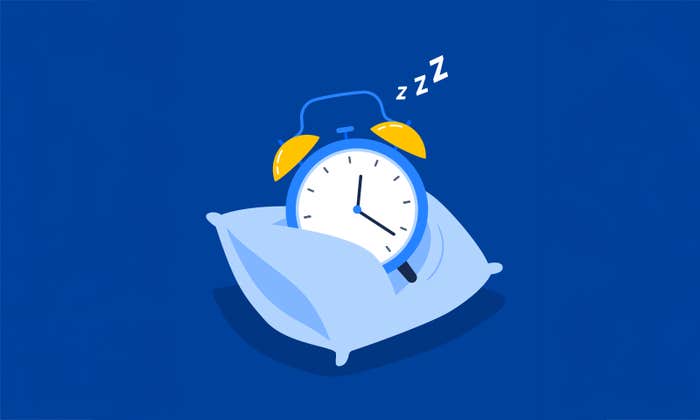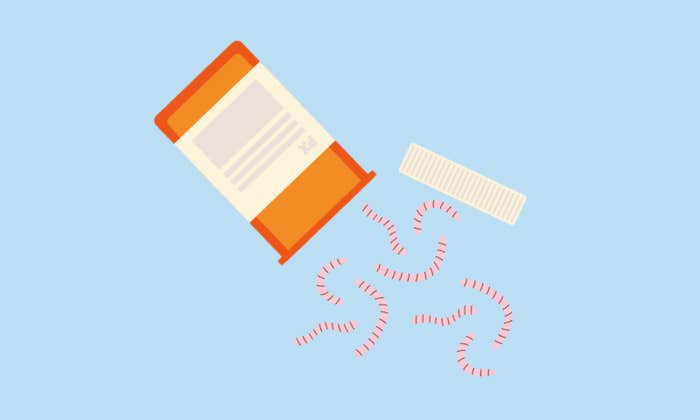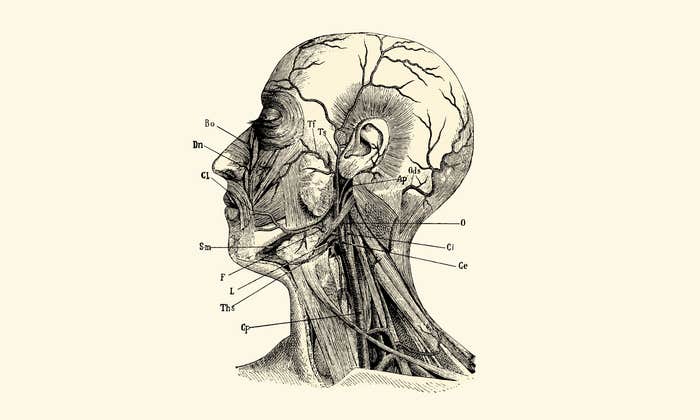Can we leap beyond flattening the curve and eliminate COVID-19 as a public health threat—not years from now but weeks? “It’s a war we should fight to win,” declared Harvey V. Fineberg, former Dean of the Harvard School of Public Health, in the New England Journal of Medicine.1
War metaphors applied to health—“War on Drugs,” “War on Cancer”—are tiresome and often counterproductive. But considering the attempt to overcome COVID-19, the metaphor could not be more apt. Hundreds of thousands, perhaps millions, of lives are at risk. The economy of much of the world depends on the outcome. If it’s improperly managed, the effort to contain the pandemic could drag on for months or years longer than necessary.
As in all wars, the battles are complex, varied and ever-changing. High priority must go to health care workers to get them personal protective equipment, ventilators, and all the tools they need. Efforts to develop effective treatments and a protective vaccine must proceed with maximum haste.
For decades this will be in the textbooks of public health as the classic example of how things go wrong.
The first battlefield to be joined in an encounter with a new pathogen is medical testing. On this front, the United States lost miserably. The White House, Centers for Disease Control and Prevention, and the Food and Drug Administration, failed to identify those who are infected so they and their contacts can be isolated, possibly stopping the epidemic before it spreads. It was the Pearl Harbor of COVID-19. But like the real defeat in World War II, it is only one battle. The disaster can mobilize the U.S. to triumph, provided it has learned from its mistakes, and now acts with alacrity on the best information.
This is starting to happen, but not quickly enough. Public health officials across the country still decry a massive shortage of tests. Only a portion of people told they have COVID-19 get tested. On Monday, Chrissie Juliano, executive director of the Big Cities Health Coalition, which represents 30 urban public health departments, told The New York Times, “Many local communities are flying blind, making decisions in the absence of full information largely due to the failure of the federal government to provide sufficient testing capacity.”
When the virus arrived in this country, adequate testing, during the first month, could have allowed for identification and isolation of cases, reducing the massive, unnoticed spread through the population. Other countries including South Korea and Germany managed to do so with the result that their case burdens and death rate are far below ours.
CDC scientists got off to a good start. On January 10, Chinese scientists posted the genetic sequence of the new virus on a public database. Seven days later, the CDC produced its test, a phenomenally short time for such an achievement. According to plan, the test went to the FDA for validation and then on to state and local health departments across the country.
The usual technology to detect a new virus is a test called RT-PCR (reverse transcriptase-polymerase chain reaction). It starts with a health worker taking throat and/or nasal swabs from a patient. A laboratory purifies the RNA from all the other gunk in the swabs. Next the enzyme reverse transcriptase converts the single-stranded RNA into double-stranded DNA. This is followed by the polymerase chain reaction, which amplifies the small bit of DNA hundreds of million times. This allows the DNA to be matched with “primers,” small pieces of specific DNA sequences, designed to cling to genetic signatures of the virus. The test reveals whether a person is infected and capable of passing on the virus to others (“shedding virus” is the technical term). This testing has been used for so long that it is routine and most often automated. It can reveal an infection within hours or less.
The CDC began distributing the tests in January but soon many health departments detected an error. The test contained a chemical that produced inaccurate results. It was an honest, inadvertent error, but a critical one nonetheless. This is when the process went seriously awry.
The CDC’s lab is not the only one capable of making tests. Academic institutions and commercial medical companies can churn them out in small numbers. At the end of January, about 20 companies and scientist groups contacted the FDA about plans to develop PCR tests, reported the Washington Post.2 Although no clinic or hospital can use the test without FDA approval, the FDA has the authority to quickly grant approval under the Emergency Use Authorization (EUA). But the FDA, headed for less than a month by Stephen Hahn, a former executive of a cancer hospital, was slow to grant them. The FDA finally authorized use of CDC’s corrected test on February 26, and granted approval to tests developed at labs outside the government on February 29.
We’ll never know how many thousands of lives were lost because of the missing weeks of testing. “It is difficult to fathom the depth of this failure,” Michael Osterholm, director of the Center for Infectious Disease Research and Policy at the University of Minnesota, told me. “For decades this will be in the textbooks of public health as the classic example of how things go wrong.”
Even today, after critical players at the FDA and CDC corrected their earlier orders and put tests into the hands of commercial companies, there remains a critical shortage of RT-PCR tests. The companies face enormous backlogs and lack of supplies to keep up with the manufacturing and testing demand. The tests are necessary because unknown thousands of people—especially healthcare workers and first responders—remain in quarantine because they might have been exposed. Countless people have been hospitalized or died from COVID-19 and not included in the statistics because the capability exists to only test a fraction of those presumed to have the disease.
While PCR testing today is still not adequate, it has improved. As of April 6, about 2 million Americans had received RT-PCR tests compared to fewer than 2,000 a month earlier, according to the Covid Tracker website. The increase in tested individuals can help public health officials and medical staff determine who should be isolated with the best possible containment and who doesn’t need to be. We could get a much better handle on which patients and health workers pose the greatest risk to others in the facility. Others can be released to quarantine at home or into spaces such as empty hotels where they can recover without spreading the virus to family members and other close contacts.
Recovery brings the next crucial test: discovering antibodies to see who has been infected and is no longer symptomatic or who may have never experienced symptoms. Widespread use of an antibody test “would be a game-changer in restarting parts of the economy more quickly and safely,” wrote Fineberg. And it would not just be the economy in general. Imagine the lessened fear of health workers and first responders knowing they are not at risk. “The technology for this is potentially very simple,” Fineberg told me. “It could be as easy as a home pregnancy test to use. We could send a test to every home in America.”
This test relies on even simpler, older technologies that take measurements of our immune system, usually from a drop of blood. If our innate immune system fails to prevent the COVID-19 infection, it scrounges pieces of protein from the invading viruses and hands them over to our adaptive immune system. In one of nature’s most amazing feats, we have cells—called B cells—that can recognize and lock onto almost every potential protein that could attack our body. At first the specific B cells are few—one or two among trillions. But as soon as they bind with an attacking protein, they rapidly begin to reproduce in a process called clonal expansion into millions more. Each new B cell produces what is called a plasma cell that releases the protein, the antibody, that specifically attacks the invader. (Descriptions of the immune system are replete with war metaphors.)
Recovery brings the next crucial test to see who has been infected and is no longer symptomatic.
Similar to many viruses, SARS-CoV-2 produces an antibody response that can be measured easily 10 days to two weeks after infection. There are caveats. No one knows if people who test positive in an antibody test are actually immune to infection (or re-infection) with the virus. Scientists will learn that only after observing populations over weeks or months, but the chance they are immune is strong. “It is a very good bet based on the behavior of viruses in general including coronaviruses that people who have positive antibody tests are immune for at least a year, probably more,” according to Paul Offit, an expert in virology and immunology, at the University of Pennsylvania. “The supposition is so strong that we should start mass antibody testing as soon as possible.”
The numbers could be high because it is becoming increasingly clear that many people get infected and don’t know it. Iceland embarked on a widespread testing program and found that fully half the people who tested positive had no symptoms.3 Studies in China find that a third or more of children who test positive with the RT-PCR test have either very mild symptoms or none at all.4
Extensive antibody testing particularly in areas where large outbreaks have swept through could reveal many such people are immune because they recovered or never knew they had the disease. Germany and the United Kingdom have both proposed giving people who test positive for antibodies “immunity certificates,” allowing them to more easily return to work and reduce social distancing. The chances of antibodies providing protection are so good that several hospitals in the U.S. and elsewhere have begun experiments transfusing antibody-rich plasma from COVID-19 survivors into people who remain desperately ill with the disease.
As for widespread antibody testing in the United States, just like PCR testing, there are bottlenecks: not enough material, not enough manufacturers and a lack of political will. This, and all the other impediments to progress against COVID-19, could be overcome. Stanford University has developed and successfully demonstrated an antibody test in the San Francisco Bay Area. This week the medical company Cellex received FDA approval for its antibody test. Getting these tests into widespread use is the next public health challenge.
Short of widespread testing, whether it be PCR or antibody, the CDC can undertake sentinel testing—looking at representative groups in a population—to start to get a handle on just how big the problem is and where it is heading. The CDC knows how to test enough people in states, counties, or neighborhoods to get a good estimate of the big picture. “This is one of the things the CDC does well,” said Harold Jaffe, former associate director of science, “We can do it for HIV, lead poisoning, autism, and any health metric.”
But we should not take our eyes off the goal of widespread testing—as close to universal as possible. The Gates Foundation is funding a program to get RT-PCR tests to every home in Seattle, with support from Amazon, which will deliver and retrieve the tests. Widespread testing—with RT-PCR and antibody—will be expensive and logistically difficult. But test results will take us from guesswork to an accurate picture of the epidemic. They will give public health officials the tools to douse flare-ups that will inevitably appear as the pandemic starts to wane. Let’s not forget we are in a war.
“The President should surprise his critics and appoint a commander who reports directly to the President,” Fineberg writes. “This person must have the President’s full confidence and must earn the confidence of the American people. This is not a coordinator across agencies. This commander carries the full power and authority of the American President to mobilize every civilian and military asset needed to win the war.”
I asked Fineberg what he thought the chances were of his recommendations in NEJM gaining traction to achieve better vaccine production, drug development, and testing. “All we can all do is tell our best truth and hope someone is listening,” he replied.
Robert Bazell is an adjunct professor of molecular, cellular, and developmental biology at Yale. For 38 years, he was chief science correspondent for NBC News.
References
1. Fineberg, H.V. Ten weeks to crush the curve. The New England Journal of Medicine (2020). Retrieved from doi:10.1056/NEJMe2007263
2. Boburg, S., O’Harrow, Jr., R., Satija, N., & Goldstein, A. Inside the coronavirus testing failure: Alarm and dismay among the scientists who sought to help. The Washington Post (2020).
3. Brännström, Å., Sjödin, H., & Rocklöv, J. Predicting the number of COVID-19 cases from the reported number of deaths. International Institute for Applied Systems Analysis (2020).
4. Qiu, H., et al. Clinical and epidemiological features of 36 children with coronavirus disease 2019 (COVID-19) in Zhejiang, China: An observational cohort study. The Lancet (2020).
Lead image: Mongkolchon Akesin / Shutterstock


























